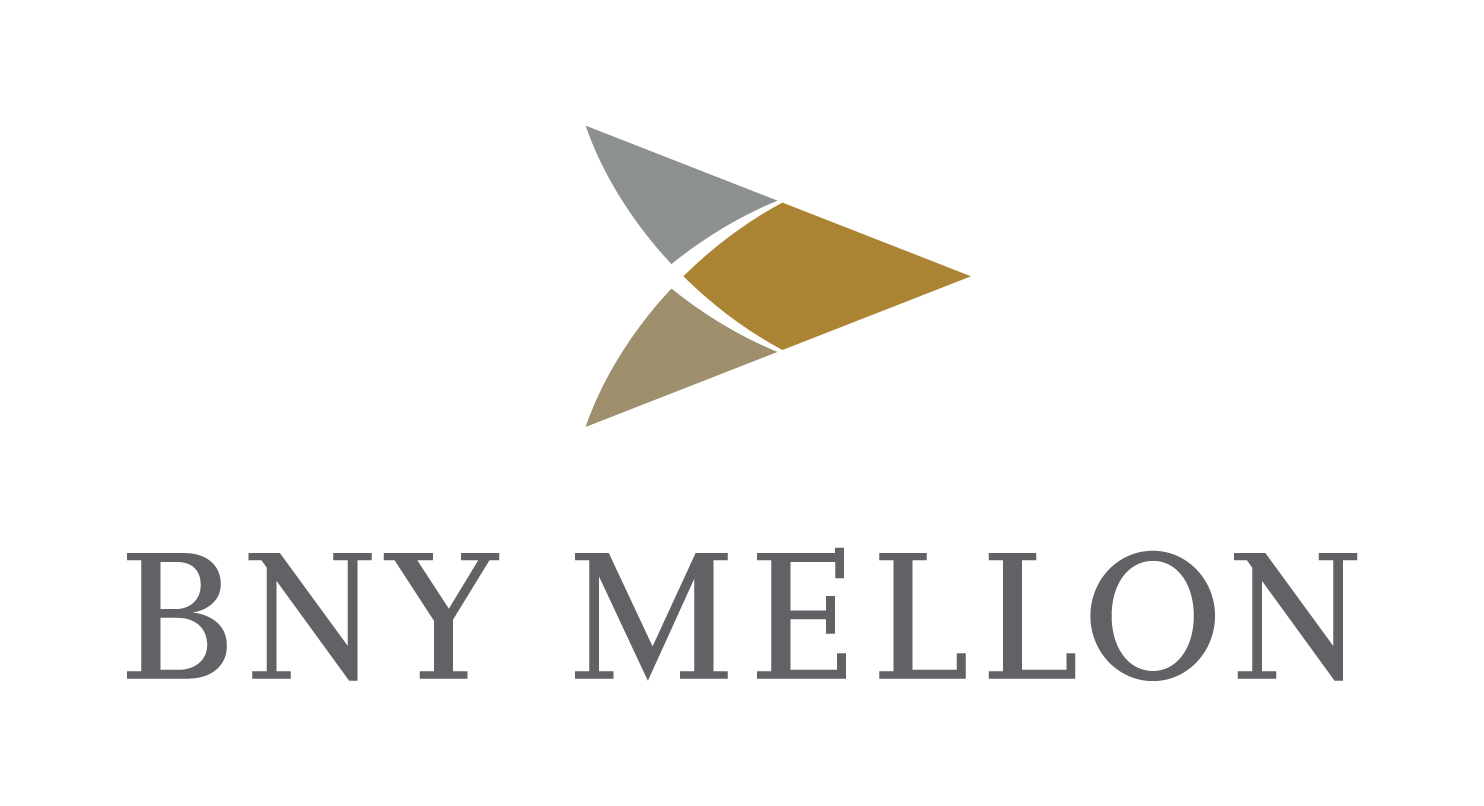Making the right decesion when choosing a cash management platform is no easy task, expains Maki Vekinis – Cash Management Matters (CMM) Managing Partner www.cashmanagementmatters.com
Is there a bullet-proof way to identify a cash management platform vendor? here is a banker’s perspective and some important practical pointers.
The ever-increasing competition among banks of all sizes to enhance revenue streams without exercising assets has given rise to numerous offerings of cash management platforms from specialised and general banking IT vendors. after many years of the major money centre banks enjoying a monopoly over cash management solutions for their corporate clients, mid-sized and regional banks have now turned their attention to this area to reap some of the potential rewards in this profitable business line.
Regional and domestic banks have, of course, long been offering smaller scale domestic cash management, but as part of their overall banking service and often without a specific pricing or service model. for example, many regional banks have offered payroll platforms under these conditions. add to that corporate actions and collections and it is clear that the smaller regional players have increasingly turned their attention to this area.
Now, with increasing pressure to identify revenue streams that can improve the balance sheet, most middle-tier regional and domestic banks are turning their attention to how to convert existing operational processes into revenue generating cash management business and at the same time create new cross-sell opportunities.
Universally, due to the perceived complexity of the endeavour, the assumed high internal development cost and the associated uncertain performance of the development team, banks are sourcing suitable vendors who can provide platforms to build the business. and here lies the strategic conflict that banks need to address early in the process to identify, evaluate and select a vendor or vendors to establish a cash management platform and launch their business.
Purchasing and implementing a cash management platform from a vendor, by its nature, flattens the competitive landscape and results in a commoditising of the offerings as, sooner or later, more banks, often in the same country or region, will be offering the same basic product, albeit branded according to the bank’s identity.
So how does one mitigate the above and ensure the resultant platform identifies tightly with the bank’s strategy and service model? how can a bank ensure its cash management business offers innovative products with an inbuilt competitive advantage while avoiding pricing compression as a means to secure a deal?
The answer to the above predicament is simple to arrive at but difficult to implement. It requires the identification of best-of-breed vendors for individual components of the initiative. some of these will fall under software, some under connectivity and data transmission, while others are establishing processes and service models.
In addition, the definition of the products and services to be offered and managed, their pricing and positioning, must also be finalised early in the process. The danger in selecting multiple vendors is that the buyer ends up with an initiative of dizzying complexity, which requires the sponsoring corporate banking business – in partnership with IT – to manage multiple vendors. That would inevitably involve each one initially operating in relative isolation, following detailed specification, and eventually coming together at the integration stage.
Based on CMM’s experience, this complexity can be simplified into a series of manageable activities by dividing the initiative into multiple components, some of them tightly identified with the bank’s vision and service model, while others have industry standard capability in the field of transaction banking. This methodology results in the selection of a base product, as specified by the IT function, the experts who have interpreted and extracted the required base-functionality from the business requirements.
Then, spearheaded by the cash management business, identify a vendor or vendors who can, in conjunction with a suitably strengthened internal IT team, provide the product and businessspecific layer that will ensure the uniqueness of the offering as well as competitive pricing.
Despite the scope of the project, done properly it is not as difficult as it sounds. It has been successfully utilised by a number of banks, which have not only been able to increase market share but ultimately their profitability beyond the traditional benchmark of 2:1 ratio between revenue and expense.
A very important aspect of the above methodology is the creation of a strategic asset, increasing the intellectual capital through the in-depth knowledge of cash management products and services. With a strong business team that will necessarily result from the process, the competitive advantage is not only retained but actually increases over time.
Establishing and increasing the competitive advantage of the cash management business in a local and regional market results in an ever-increasing market share of the premium priced relationships. for businesses to increase their competitive advantage they must increase the sophistication of products, meaning only the top names and premium relationships can actually benefit. The result is that the more sophisticated the products, the more existing relationships are using them. for example, if you have 10 premium relationships using five products each and in order to create a competitive advantage you introduce another five products, these will always go to the premium relationships, therefore ending up with a bigger share. furthermore, tight integration with the corporate through a purpose-built platform creates a very expensive barrier to cross, if the corporate customer is approached by a competitor.
In summary, select a base product from a vendor as long as you can be sure there are other vendors that can be deployed to extend and modify that product to offer specific and unique products and services, for example corporate actions that suit your strategy and business direction.
 Cash And Trade Magazine For Cash and Trade professionals in the Middle East
Cash And Trade Magazine For Cash and Trade professionals in the Middle East




